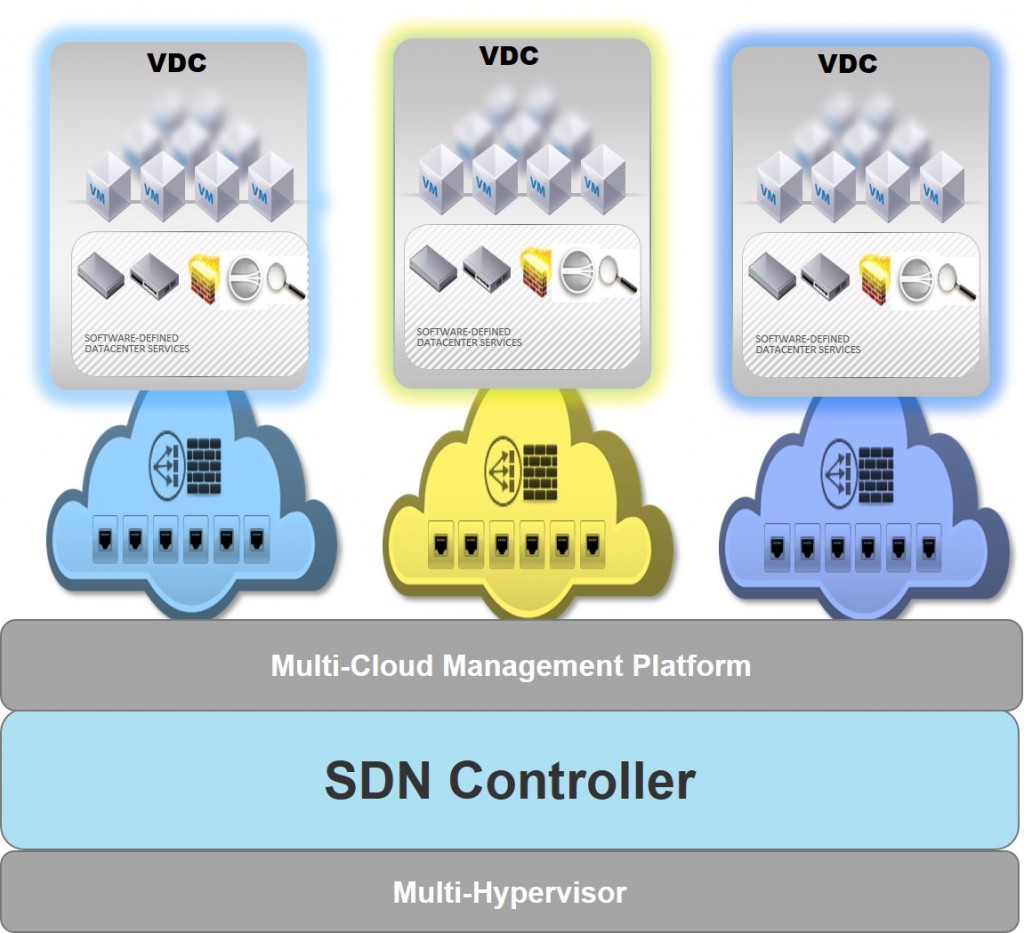As the transition to cloud-based data centers marches on, it is becoming apparent that organizations need to keep going after they virtualize their server, storage and switching infrastructures. To maximize device consolidation and increase flexibility and agility in deploying resources, other components instrumental to the security, performance and availability of the organization’s computing services need to take part in the transformation.
While increasing agility and reducing costs are worthwhile goals, there are additional concerns when it comes to supporting applications. In its report, “Cloud Service Strategies: North American Enterprise Survey, January 15, 2014,” Infonetics Research found that 79 percent of respondents want to improve application performance, 78 percent want to respond more quickly to business needs, 77 percent want to speed up application deployment and increase scalability, and 73 percent expect to reduce costs with cloud services.

Reducing the number of devices in the network is a way increase agility and reduce costs. A key component of the network infrastructure is the application delivery controller. The ADC provides capabilities to increase the security, performance and availability of applications in the data center.
The key to reducing the number of devices in the network while maintaining critical goals for applications is to deploy ADC platforms that are capability of multi-tenancy, or hosting multiple device instances on a shared platform. The right ADC should enable transformation to the cloud by offering infrastructure teams multiple options for architecting a multi-tenant solution for application performance management.
Critical multi-tenancy capabilities include:
• Implementing multiple hard-walled ADC instances on a single physical platform.
• Sub-dividing any individual ADC instance into multiple admin partitions, with complete management isolation and soft-walled separation of underlying system resources.
• Treating a single physical platform as a “pool” of instances, admin partitions and system resources that can be reallocated as needed to meet changing business conditions.
• Leveraging a metering and bursting capability to dynamically share idle bandwidth/capacity across ADC instances.
These capabilities will result in an unsurpassed degree of flexibility that will ensure a best-fit alignment for the broadest set of multi-tenant requirements and use cases for enterprises and cloud service providers alike.
Multi-tenancy and the Shift to Cloud–based Data Centers
Multi-tenancy is a powerful, even transformative, capability. Maximizing returns on data center transformation, however, depends upon realizing and accounting for two key factors in the multi-tenancy architecture.
The first factor to consider is that not all tenants are created equal. Most data centers are complex environments designed to meet the needs of numerous constituents, be they user groups, business units or, in the case of service providers, customers. Consequently, most organizations have a broad spectrum of use cases to accommodate, each with its own set of requirements and priorities. This situation points to the need for solutions that provide multiple options for achieving multi-tenancy. Instead of being confined to a single approach, architects and customers need to weigh tradeoffs—for example, between tenant density and the extent of isolation—as they select, implement and configure the best-fit options for each constituent and scenario that they need to support.
The second factor to consider is that although some multi-tenancy is a good thing, consistent and pervasive multi-tenancy is necessary for a complete solution. In particular, embracing virtualization technologies that enable multi-tenant server, storage and switching infrastructure is only a starting point. If other data center components fail to provide multi-tenant capability, the result will be unrealized potential for consolidation and increased complexity as IT is left to “map” between and maintain a patchwork of multi-tenant and non-multi-tenant solutions. Given the crucial role that they play in ensuring the availability, performance and security of key computing services, ADCs should be viewed as the top candidates for the second wave of virtualization and multi-tenancy that organizations pursue.
How Citrix NetScaler Enables the Transformation to Cloud
The transformation to cloud-based data centers and full realization of related benefits hinge on the ability to execute a shift from dedicated to shared infrastructure. Moreover, this shift needs to occur not only for servers, storage and networks, but also for other major components of the data center, including ADCs. Featuring a powerful set of multi-tenancy capabilities, the market-leading Citrix NetScaler ADC is uniquely positioned to be a key part of the transformation to cloud data centers.
With the NetScaler SDX platform, which is purpose-built for multi-tenancy, enterprises and cloud service providers obtain unmatched flexibility that ensures a best-fit alignment for their many use cases. Benefits of using NetScaler SDX include increased adaptability and reduced data center TCO, as a single application delivery solution can be used to fully meet all of an organization’s requirements for application services in multi-tenant environments while minimizing the ADC footprint.
To learn why NetScaler is the most flexible and effective application delivery solution for building high-density, multi-tenant data centers and cloud services see this solution brief, Maximizing Multi-tenancy with Citrix NetScaler.

No comments:
Post a Comment